Product Development
ENGLOBAL’s Emulsion Coating Technology
#Emulsion Coating #Eco-Friendly Chemical IngredientsENGLOBAL’s patented emulsion coating technology encapsulates chlorine dioxide using both chemical and physical methods. This allows for stronger and more stable deodorizing performance without diminishing the effectiveness of chlorine dioxide.
Emulsified Chlorine Dioxide Technology
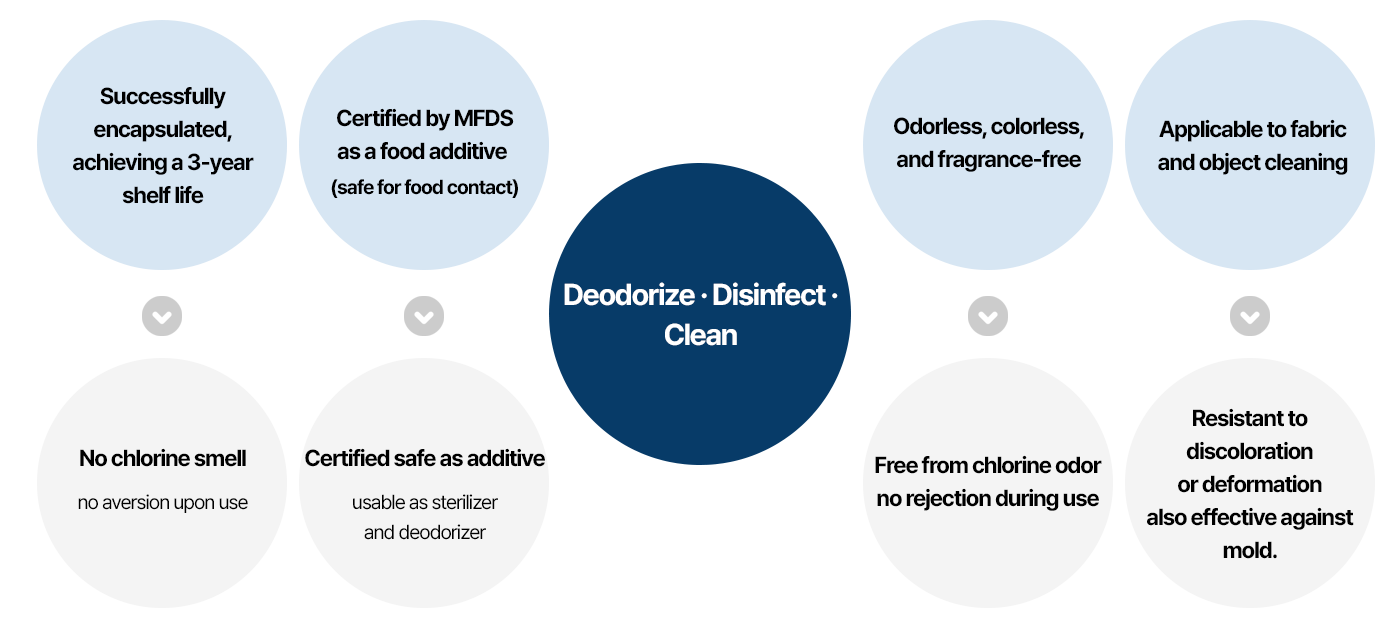
ENGLOBAL’s Proprietary Encapsulation Method
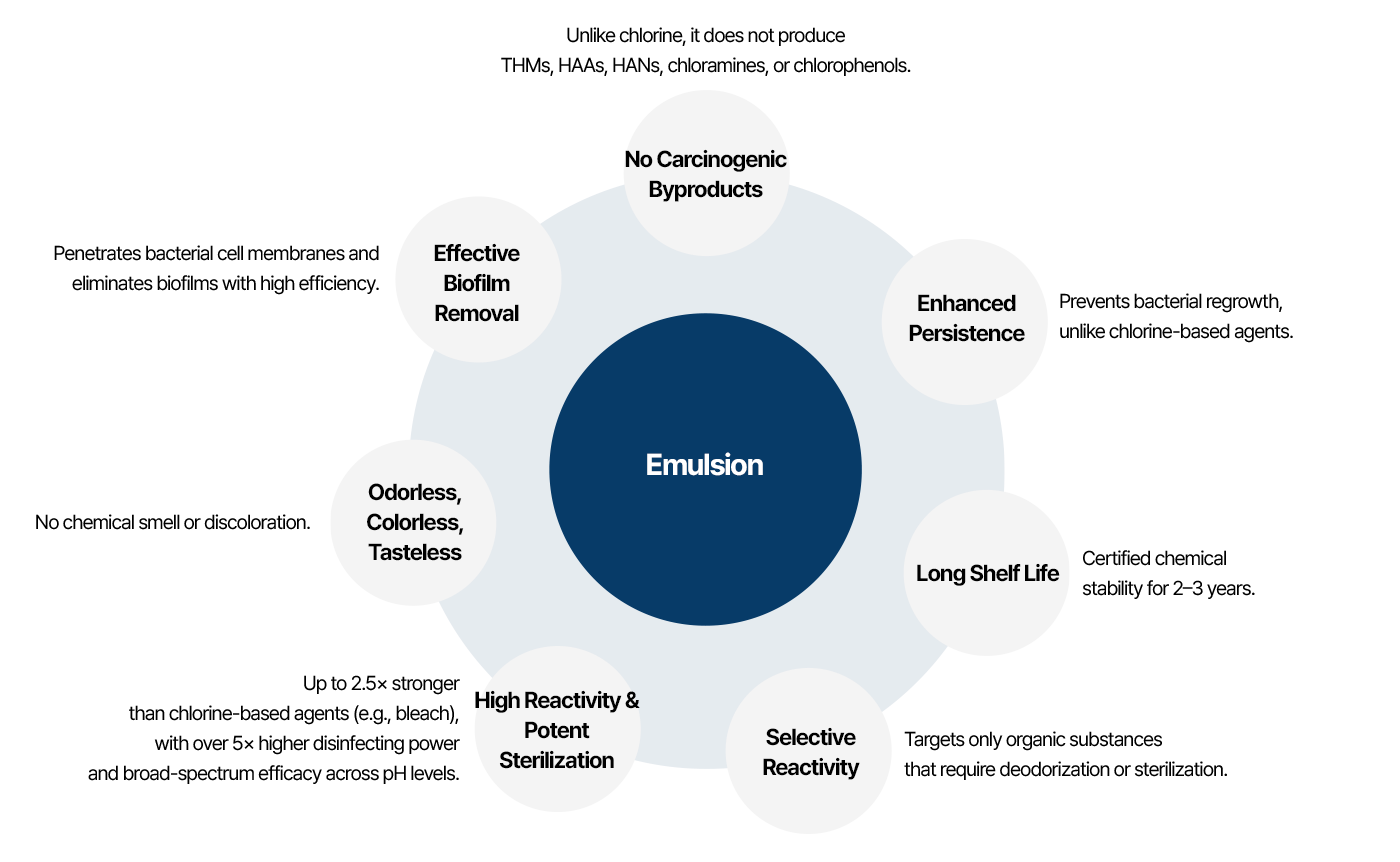
Comparison with Other Products and Ingredients
Scroll horizontally to view the full content.
| Category | Comparison with Other Products/Ingredients | |||||
|---|---|---|---|---|---|---|
| Emulsion-Type Chlorine Dioxide | Hypochlorous Acid Water | Sodium Hypochlorite | Isopropyl Alcohol (Ethanol) | Common Deodorizers (e.g. Febreze) | ||
| Chemical Process | Coated emulsion method | Dilution & electrolysis | Dilution | Dilution | Dilution | |
| Applications | Industrial & household use (wide range) | Household products | Bleach, disinfectants | Sanitizing & deodorizing sprays | Fragrance products | |
| Deodorizing Power | Eliminates bacteria and biofilms; over 90% deodorization of key odor compounds (e.g., propionaldehyde) | Cannot remove biofilms; limited test results | Strong chlorine odor; commonly used in toilets, kitchens, buildings | Masks odors through alcohol volatilization | Masks odors with synthetic fragrance on fabrics/furniture | |
| Sterilization Power | Wide pH range (2–10) efficacy | Narrow pH range efficacy | Decreased effectiveness as pH increases | Ineffective against strong bacteria like Bacillus; only works on surface | Limited antibacterial effect | |
| Eco-Friendliness | Eco-label certified; WHO A1-grade material; approved as food additive by MFDS | Not verified | Not verified | Not verified | Not verified | |
| Human Safety | Non-toxic to humans (dermatological tests completed) | Produces carcinogens | Produces carcinogens | Causes skin irritation/trouble | Claimed safe (no evidence provided) | |
| Toxicity & Residue (CMIT/MIT) | No toxicity or residue | Residual toxicity & skin irritation | Residual toxicity & skin irritation | May leave residues | Inhalation toxicity risk | |
| Shelf Life | Up to 3 years | Less than 1 year | 1–2 years | 1–2 years | 1–2 years | |
| Odor | Almost odorless | Strong chlorine smell | Strong chlorine smell | Alcohol smell | Synthetic fragrance smell | |
| Color | Clear & colorless | Reddish or opaque beige | Opaque beige | Has antiseptic coloring | Has antiseptic coloring | |
| Corrosiveness | None | Moderate to high | High | Moderate to high | Moderate to high | |
| Convenience | Safe in enclosed spaces (certified); also usable as a cleaner | Not suitable in enclosed areas (requires ventilation) | Not suitable in enclosed areas (requires ventilation) | Not suitable in enclosed areas (requires ventilation) | Not suitable in enclosed areas (requires ventilation) | |
| Persistence | Very high (removes biofilms) | Very low (bacteria can regrow) | Very low (bacteria can regrow) | Very low (bacteria can regrow) | Weak (limited deodorization) | |
Types of Freshness Preservatives
- General Commercial Freshness Preservers
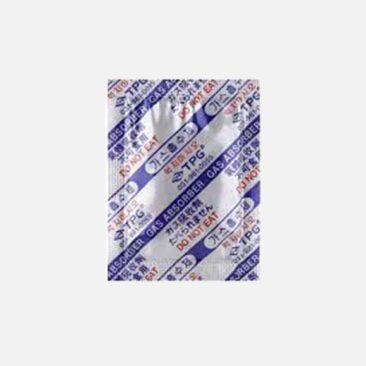
Gas Absorber
Reduces fermentation expansion by removing CO₂.
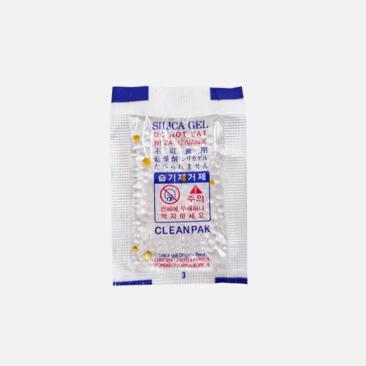
Silica Gel
Desiccant that absorbs moisture.

Ethylene Absorber
Prevents spoilage in fruits & vegetables by absorbing ethylene gas.
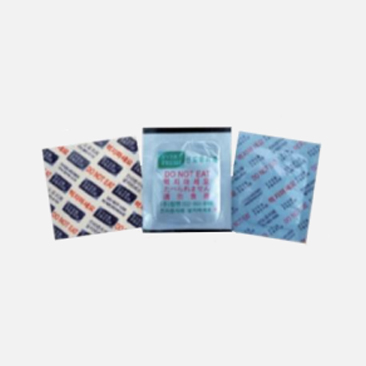
Oxygen Absorber
Prevents food spoilage by removing oxygen. Organic non-metal types also exist.
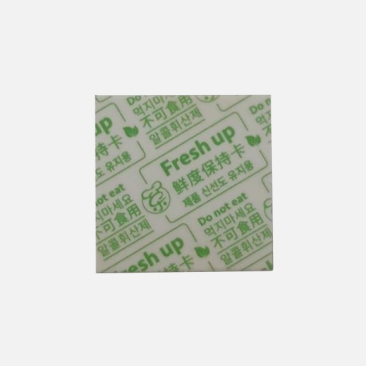
Alcohol Agent
Sterilizing effect via alcohol vapor; used in buns, breads, etc.

ClO₂ Freshness Keeper
Slows aging/spoilage in produce using chlorine dioxide; adds sterilization effect.
* Other types include sheet-type preservatives for meat, fish, seafood, etc.
One of the key causes of produce spoilage is microbial fermentation.
ENGLOBAL’s freshness preserving agent is based on chlorine dioxide—approved by WHO as a Class A-1 disinfectant for drinking water.
By stabilizing chlorine dioxide in a gel form, it enables controlled release over time, providing exceptional antimicrobial performance.

This technology is applicable beyond agriculture and can play a critical role in the storage, packaging, and transport of floral, forestry, livestock, seafood, and processed food products.
With the rise of single-person households and small-package delivery trends, this solution is ideal for use inside packaging to preserve freshness throughout distribution.
Especially effective for domestic and export produce logistics.




